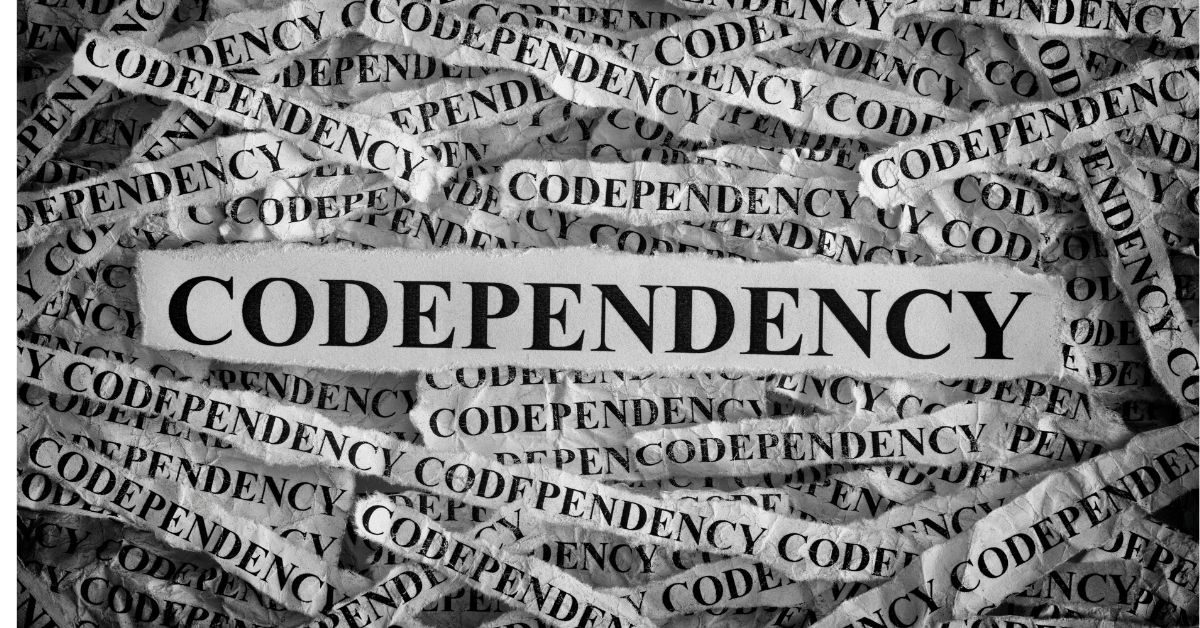Codependency refers to a dysfunctional and enabling relationship dynamic that often develops between a substance abuser (the addict) and a close family member, friend, or partner (the codependent). It can manifest in various roles that a person plays in an addicted person’s life — roles that usually perpetuate addiction and impede the recovery process. Here are the six most common codependent family roles…
Exploring the 6 Key Codependent Family Roles
These roles can perpetuate the addiction and hinder both the addict’s and the codependent’s ability to seek help and healing. Understanding codependent roles is essential for recognizing and addressing these unhealthy patterns.
Note that these archetypes of codependent family roles are not mutually exclusive. Individuals can embody characteristics of multiple roles simultaneously and may not neatly fit into one role.
1. The Addict
Naturally, the loved one struggling with drug or alcohol addiction is going to be the main focal point of the family unit. In a codependent family dynamic, the addicted person’s needs are the top priority and tend to overshadow all else going on with other family members.
2. The Caretaker
The easiest family to identify (and potentially the most destructive) is that of the Caretaker, a quintessential enabler. Their main M.O. is denial. This person is eager to hide the consequences of the addicted person’s action from both the addicted individual and those outside the family.
Their primary concern is maintaining peace in the household, which usually involves making excuses for the addicted loved one, eliminating the need for them to take responsibility for their actions.
3. The Hero
Coming in to save the day, the family member who assumes the Hero role attempts to overcompensate for the chaos caused by an addicted loved one through overachievement and perfectionism. They do this by going above and beyond to maintain a sense of normalcy in the household and take on duties that have been neglected due to the family’s focus on the addicted loved one. They simultaneously ignore the problem and are preoccupied with maintaining the family image.
4. The Scapegoat
The direct opposite of the hero codependency role is the Scapegoat. This individual acts out as a result of the attention they’re not getting due to the focus on their addicted loved one. They frequently get into trouble at home, work, or school, which then serves as a lightning rod for the family to place their anger and frustrations. This trouble-making behavior is usually caused by underlying feelings of sadness or loneliness.
5. The Mascot
This role uses humor to deflect from the situation at home and attempt to downplay the severity of the circumstances. While being optimistic is usually a good thing, the Mascot’s attempts at levity can do more harm in the long run. They might appear not to take anything seriously, but internally, they are likely struggling with feelings of shame or fear and a desperation for approval.
6. The Lost Child
The Lost Child feels neglected and forgotten in the family unit and, as a result, heavily withdraws themselves from interactions with other family members. They also tend to exhibit an extreme avoidance of the subject of their addictive loved one, sometimes going so far as to avoid saying their name. Despite the role, this codependent family isn’t limited to that of an actual child.
What causes codependency in families with addiction?
The development of codependency is usually a response to the chaos and unpredictability of living with an addicted person who may lie, cheat, and steal from their loved ones and cause physical, financial, and emotional strife.
Fear, guilt, or shame are also powerful motivators that can leave family members wanting to “fix” the situation themselves, believing that they failed their loved one. Similarly, a family may fear that confronting the issue may cause their added family member to pull away and distance themselves. Sometimes, the root of codependency is simply low self-esteem, and family members associate their worth (sometimes through these codependent roles) with supporting their addicted loved one.
Recognizing Codependency Control Patterns
The roles of codependency are problematic because they normalize a serious issue. In the best case, they can hinder the addicted loved one from getting treatment. At their worst, these behaviors may enable the addicted person and cause the situation to get worse.
Recognizing codependent roles is the first step towards breaking the cycle and supporting healthier relationships and recovery. Treatment and counseling for both the addict and the codependent can be instrumental in addressing these patterns and fostering positive change.
If you’re not sure how to get help for a loved one with addiction, attending a local Al-Anon meeting can offer valuable perspective on how to provide support without losing yourself in the process.
